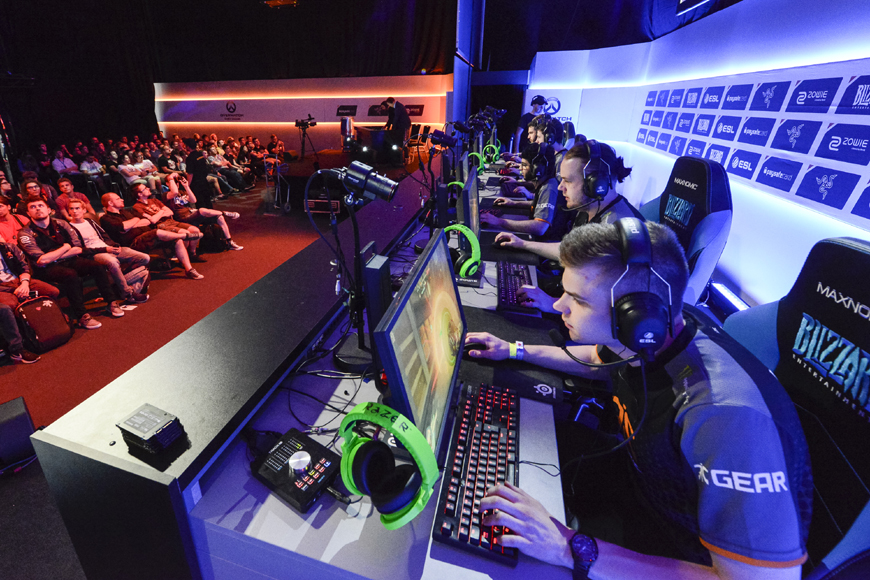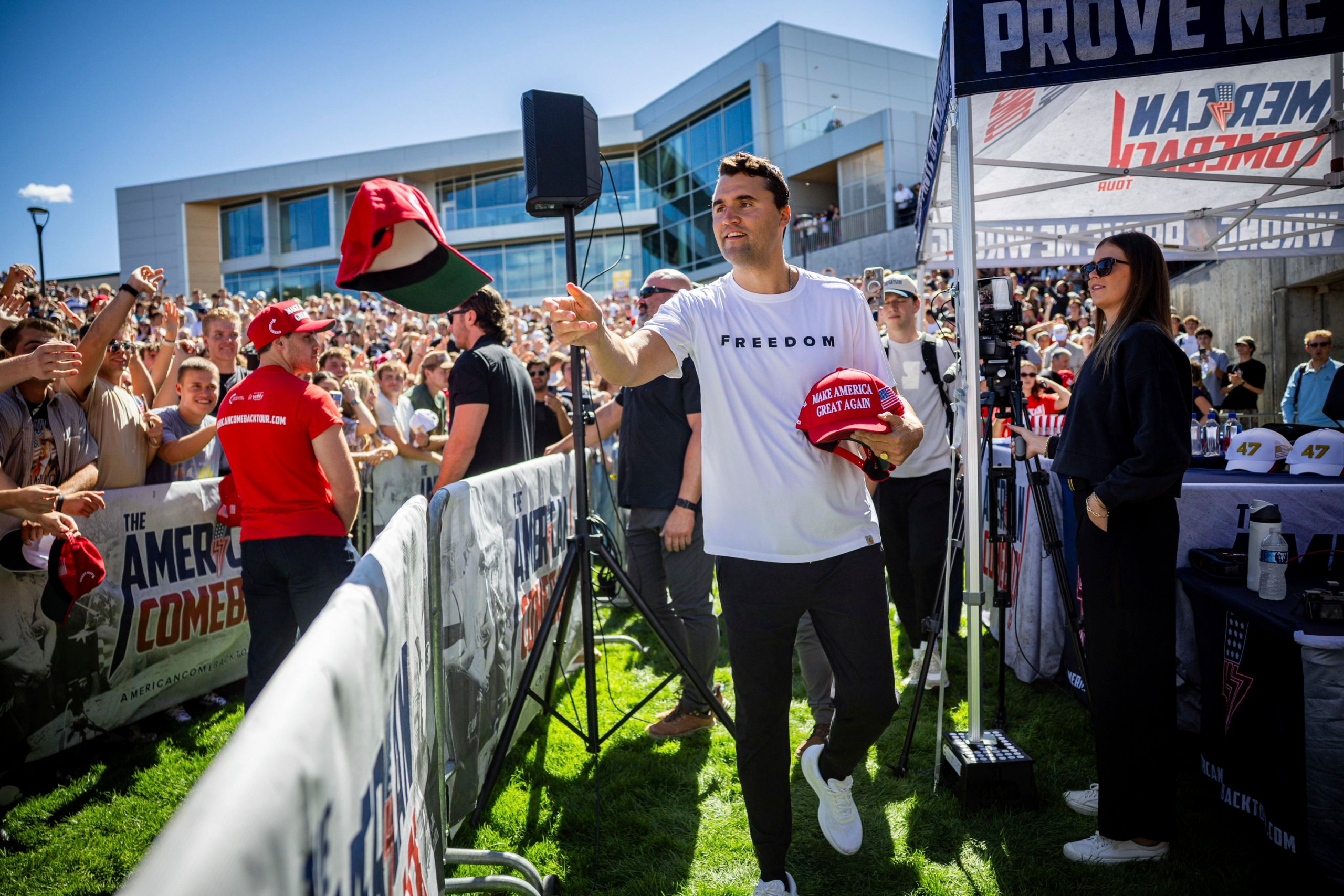In an age where digital connectivity is as crucial to sports and fitness as physical training itself, the sudden imposition of government restrictions on VPN access can feel like a heavy-handed timeout, disrupting the flow of an athlete’s preparation or an esports competitor’s strategic research. VPNs have long served as a digital lifeline, allowing users to bypass geo-blocks and censorship to access global training programs, live-streamed competitions, or cutting-edge performance psychology content. But when this avenue is blocked, the question arises: what alternatives remain to preserve the integrity and continuity of one’s athletic or esports journey?
The intersection of technology and sports has never been more pronounced. From elite athletes streaming their training regimens on platforms like Strava to esports players relying on international servers to practice in diverse competitive environments, uninterrupted access to digital resources is paramount. When a government clamps down on VPNs, it’s not merely a technical inconvenience—it disrupts the ecosystem that supports peak performance. For example, consider the realm of performance psychology, where athletes often turn to specialized online courses or virtual consultations to hone mental resilience. Platforms offering such services might be regionally restricted, making VPNs a vital tool for access. Without them, athletes and coaches must seek other methods to bridge the gap.
One potential approach is exploring decentralized or peer-to-peer networks that offer anonymity and circumvent traditional censorship mechanisms. Technologies like Tor, while often slower and less stable than commercial VPNs, can provide a measure of access for those determined to maintain their training schedules and community connections. However, the trade-offs in speed and reliability can be significant, especially for esports players who require low-latency connections to compete effectively. This highlights a critical tension: the need for secure, unrestricted access versus the technical demands of high-performance digital sports.
Moreover, the blocking of VPNs can have a ripple effect on outdoor pursuits and training methodologies that increasingly rely on digital tools. GPS trackers, weather forecasting apps, and route planning software are integral to modern outdoor training, and many athletes share and receive updates on these platforms through online communities often hosted across borders. When such digital lifelines are severed or hampered by censorship, athletes might find themselves isolated from the collaborative spirit that drives innovation and motivation in their disciplines.

In the historical context, sports have always adapted to external challenges—be it political, environmental, or social. The digital age introduces a new frontier of obstacles and opportunities. For instance, during periods of restricted access, some athletes and coaches have turned to localized content creation and peer-to-peer knowledge sharing to bypass centralized platforms. This grassroots approach echoes the early days of sports training manuals and community workshops, reimagined through digital tools that do not rely on traditional internet pathways.
At the same time, it’s important to recognize the broader implications of such government interventions, especially in the esports arena where global connectivity is foundational. Esports teams often train across continents, and access to international servers is critical for skill development and competitive fairness. When VPNs are blocked, alternative solutions like dedicated gaming proxies or encrypted DNS services might offer partial relief, though they come with their own set of technical complexities and legal ambiguities.
For those seeking to understand the technical and legal nuances of internet censorship and circumvention tools, the Electronic Frontier Foundation provides a wealth of information on digital rights and privacy technologies. Similarly, academic explorations into the psychology of sports performance under restricted information access can be found in journals such as the Journal of Applied Sport Psychology, offering insights into how athletes adapt mentally to such challenges.

Navigating these digital barriers requires not just technical savvy but also a resilient mindset—a hallmark of elite athletes and esports competitors alike. The ability to adapt, find alternative routes, and maintain focus amidst uncertainty is itself a form of training. In this sense, the current climate serves as a potent reminder that performance excellence is as much about overcoming adversity as it is about physical or cognitive skill.
Ultimately, while the blocking of VPNs presents a significant hurdle, it also invites innovation and reflection. How might athletes and enthusiasts harness emerging technologies or community-driven solutions to preserve access and connectivity? How can the sports and esports worlds advocate for open digital ecosystems that support global participation? These questions underscore a larger narrative about freedom, resilience, and the unyielding human spirit that drives us to push boundaries—both on the field and beyond the firewall.
In the end, the game continues—sometimes played on shifting digital terrain, sometimes offline but no less fiercely. The challenge is to remain connected in spirit and practice, adapting as necessary, and finding new paths toward the shared goals of excellence and community.
The landscape of digital restrictions is ever-shifting, and what worked yesterday to bypass a VPN block might be completely obsolete tomorrow. This cat-and-mouse dynamic reflects a broader tension between control and freedom, a theme that resonates deeply within sports and fitness communities worldwide. Just as athletes must adapt their training regimens in response to new challenges—be it injury, competition, or changing conditions—so too must users recalibrate their approach to connectivity. The interplay between government-imposed barriers and user ingenuity often sparks a fascinating blend of technological creativity and social resilience, which can be seen in everything from grassroots advocacy to the development of mesh networks and decentralized communication platforms. These alternatives, while sometimes complex to implement, embody the same spirit of perseverance and innovation that athletes exhibit in their pursuit of peak performance.
This ongoing struggle also raises important ethical and philosophical questions about the right to access information and the role of digital tools in fostering community. For sports enthusiasts, particularly those involved in esports or international competitions, the ability to connect without censorship is not merely a convenience but a necessity—an enabler of collaboration, learning, and fair play. Consider the global esports tournaments that rely on seamless communication and unrestricted access to servers; any disruption can skew competitive integrity and alienate fans. Moreover, the cultural exchange facilitated by these digital platforms enriches the sports ecosystem, offering diverse perspectives and fostering mutual respect across borders. When governments restrict VPNs, they inadvertently impinge on these vital exchanges, which can have ripple effects far beyond the immediate sphere of internet policy.

Looking ahead, the future of overcoming VPN blocks may lie in a combination of technological evolution and collective action. Emerging technologies such as decentralized VPNs, blockchain-based anonymity networks, and peer-to-peer encryption offer promising avenues, though they often require a certain level of technical literacy and community support to thrive. Meanwhile, advocacy for digital rights and open internet principles continues to gain momentum globally, with organizations pushing back against authoritarian controls and promoting frameworks that protect user freedoms. For sports and fitness communities, engaging in these dialogues is crucial, as the digital realm increasingly becomes an extension of the playing field itself. Ultimately, the quest to maintain open access is not just about circumventing restrictions; it’s about affirming a commitment to inclusivity, transparency, and the shared joy of competition and collaboration.
In this context, the story of VPN blocks transcends the technical and enters the realm of human experience—a narrative of adaptation, resistance, and hope. As we witness how athletes adjust their strategies in response to physical and environmental obstacles, so too do digital citizens innovate to preserve their connections. This parallel underscores a profound truth: the spirit that drives us to excel in sports—the drive to overcome, to connect, and to thrive—also fuels our determination to keep the digital world open and accessible. In navigating these challenges, we participate in a broader movement that champions freedom, creativity, and the enduring power of community, on the field and beyond the firewall.
The interplay between digital freedom and physical freedom, especially within the sports and fitness arena, reveals a fascinating dynamic. When governments impose restrictions on VPNs, they inadvertently disrupt not only privacy but also the access to global training resources, virtual competitions, and international communities that athletes increasingly rely on. Consider how, during the pandemic, virtual marathons and online fitness challenges surged in popularity, connecting people beyond borders and lockdowns. These events demonstrated that the digital landscape is more than a convenience—it’s a vital platform for motivation, shared goals, and cultural exchange. Blocking VPNs threatens to fragment this ecosystem, isolating communities and limiting the diversity of perspectives and techniques that enrich sports culture worldwide.
Moreover, the technical battles over VPN access echo larger debates about sovereignty, security, and individual rights. Governments often justify such blocks under the guise of protecting national security or curbing illicit activities, but the collateral damage frequently hits ordinary citizens striving for legitimate access. In countries where state control is tightest, athletes and enthusiasts have resorted to inventive methods—such as using decentralized networks like Tor or mesh networks that reroute data through devices owned by peers—to bypass censorship. These solutions, while imperfect, highlight a resilient spirit that refuses to be silenced. They also invite us to reflect on the ethical dimensions of internet governance: who decides what access is permissible, and at what cost to freedom and innovation?

Looking ahead, the convergence of technology, policy, and community activism suggests a complex but hopeful path. Advances in encryption and blockchain could empower users to reclaim control over their data and connections, but these tools must be paired with legal protections and public advocacy to ensure they serve the broader good. For the sports and fitness sector, this means not only adapting to new digital realities but also participating actively in shaping them. From organizing awareness campaigns to lobbying for net neutrality and digital rights, athletes and organizers can leverage their platforms to champion open access. After all, the essence of sports—fair play, equal opportunity, and collective celebration—resonates deeply with the principles underpinning a free and open internet.
In essence, the battle over VPN access is emblematic of a larger struggle to retain our agency in an increasingly interconnected world. It reminds us that the fields and courts where we compete are now mirrored by digital arenas where the rules are still being written. The resilience shown by communities in overcoming these barriers serves as a testament to our enduring desire to connect, compete, and collaborate. As technology evolves and governments grapple with new challenges, the hope lies in a future where access is not a privilege but a universal right—where the spirit of sportsmanship and the fight for digital freedom move forward hand in hand.
Yet, even as these ideals inspire a hopeful vision, the immediate reality remains fraught with challenges. Governments that block VPNs often deploy increasingly sophisticated methods, from deep packet inspection to AI-driven traffic analysis, making traditional circumvention tools less effective. This cat-and-mouse game prompts a deeper reflection on what digital freedom means in the context of sports and fitness communities that rely on global connectivity. For instance, athletes training abroad or fans following international events depend heavily on seamless access to streaming platforms and training resources, which VPN restrictions can abruptly sever. The frustration is not just about losing entertainment or information; it’s about the erosion of a shared global culture that sports uniquely foster. This tension underscores why technological solutions alone may not suffice without simultaneous political and social advocacy.
The intersection of technology and governance here is reminiscent of past moments when new media disrupted traditional power structures, from the early days of the internet to the rise of social media. Each wave brought both empowerment and new forms of control. In countries where VPNs are blocked, alternative methods like proxy servers, Tor networks, or decentralized VPNs (dVPNs) have emerged, but these too face scrutiny and shutdowns. Moreover, the risks associated with using such tools—legal repercussions, surveillance, or compromised security—cannot be ignored. This creates a paradox where the very tools designed to ensure privacy and freedom become potential liabilities. It raises important questions about how communities, especially those in sports and fitness who often rely on camaraderie and trust, can navigate this landscape without compromising their safety.
Amidst these constraints, the role of grassroots movements and international solidarity becomes ever more crucial. When athletes, trainers, and fans collectively voice their concerns and demand transparency, they not only challenge restrictive policies but also highlight the human cost of digital isolation. Campaigns that bring attention to the impact of VPN bans on sports accessibility have gained traction, sometimes prompting dialogues between tech companies, policymakers, and civil society. These conversations are vital because they frame internet access not as a luxury but as an extension of fundamental rights—freedom of expression, association, and access to information. The sports world, with its universal language and values, can serve as a powerful platform to advance these issues, turning virtual arenas into spaces of resistance and resilience.
Looking toward the horizon, one can imagine a future where emerging technologies like mesh networks enable localized, peer-to-peer connectivity that bypasses traditional gatekeepers. Such innovations hold promise for athletes and enthusiasts in regions with authoritarian restrictions, allowing them to maintain connections and access resources without depending solely on centralized infrastructure. However, these technical breakthroughs must be accompanied by robust international frameworks that protect digital rights and foster open communication channels. The challenge lies not only in inventing new tools but in cultivating a global culture that values and defends the principles of open access and privacy. In the end, the struggle over VPN access is more than a technical hurdle—it’s a microcosm of the ongoing dialogue about freedom, community, and the future of human interaction in a digital age.
Yet, as governments tighten their grip on VPNs and other circumvention tools, the cat-and-mouse game between censors and users continues to evolve with increasing complexity. The sports community, often at the forefront of embracing digital innovation for training, fan engagement, and global events, finds itself entangled in these broader geopolitical battles. When VPNs are blocked, athletes and fans alike face not just inconvenience but a real threat to their ability to participate fully in the global sports ecosystem—streaming international matches, accessing coaching resources, or engaging in international forums becomes fraught with barriers. This digital isolation echoes the physical separations that sports, at their best, strive to overcome, highlighting the paradox of a world simultaneously more connected yet more divided. Alternative technologies like Tor, Shadowsocks, or even newer decentralized VPNs offer some hope, but they often come with trade-offs in speed, reliability, or ease of use, which can be critical in a realm where split-second decisions and live interactions matter deeply.

Moreover, the implications extend beyond mere access to content. The very ethos of sportsmanship—fair play, transparency, and community—can be undermined by digital censorship, as it creates uneven playing fields where only those with privileged access can thrive. This raises profound questions about equity in sports, especially for athletes in less digitally open countries who may be deprived of opportunities to train with cutting-edge methodologies or connect with global peers. The fight against VPN bans thus becomes a metaphor for the broader struggle to democratize technology and ensure that the digital revolution benefits everyone, not just the few. As awareness grows, some sports organizations and advocacy groups have started pushing for policies that emphasize digital inclusion as part of their social responsibility, recognizing that the health of the sports ecosystem depends on an open and accessible internet.
Looking ahead, it is clear that solutions will require more than just technical ingenuity. They demand a coalition of stakeholders—governments, tech developers, civil society, and the sports community—to come together and negotiate a balance between legitimate concerns about security and the imperative to preserve fundamental freedoms. The emergence of blockchain-based platforms and encrypted communication channels hints at a future where control over information may become more decentralized, empowering users to reclaim their digital autonomy. Yet, this vision hinges on widespread adoption and regulatory environments that do not stifle innovation. For now, individuals caught in restrictive regimes must navigate a labyrinth of partial solutions, each with its own risks and benefits, while the global conversation about internet freedom continues to unfold. In this ongoing saga, sports remain a beacon of hope and unity, reminding us that no matter the barriers, the human spirit strives to connect, compete, and celebrate together.




